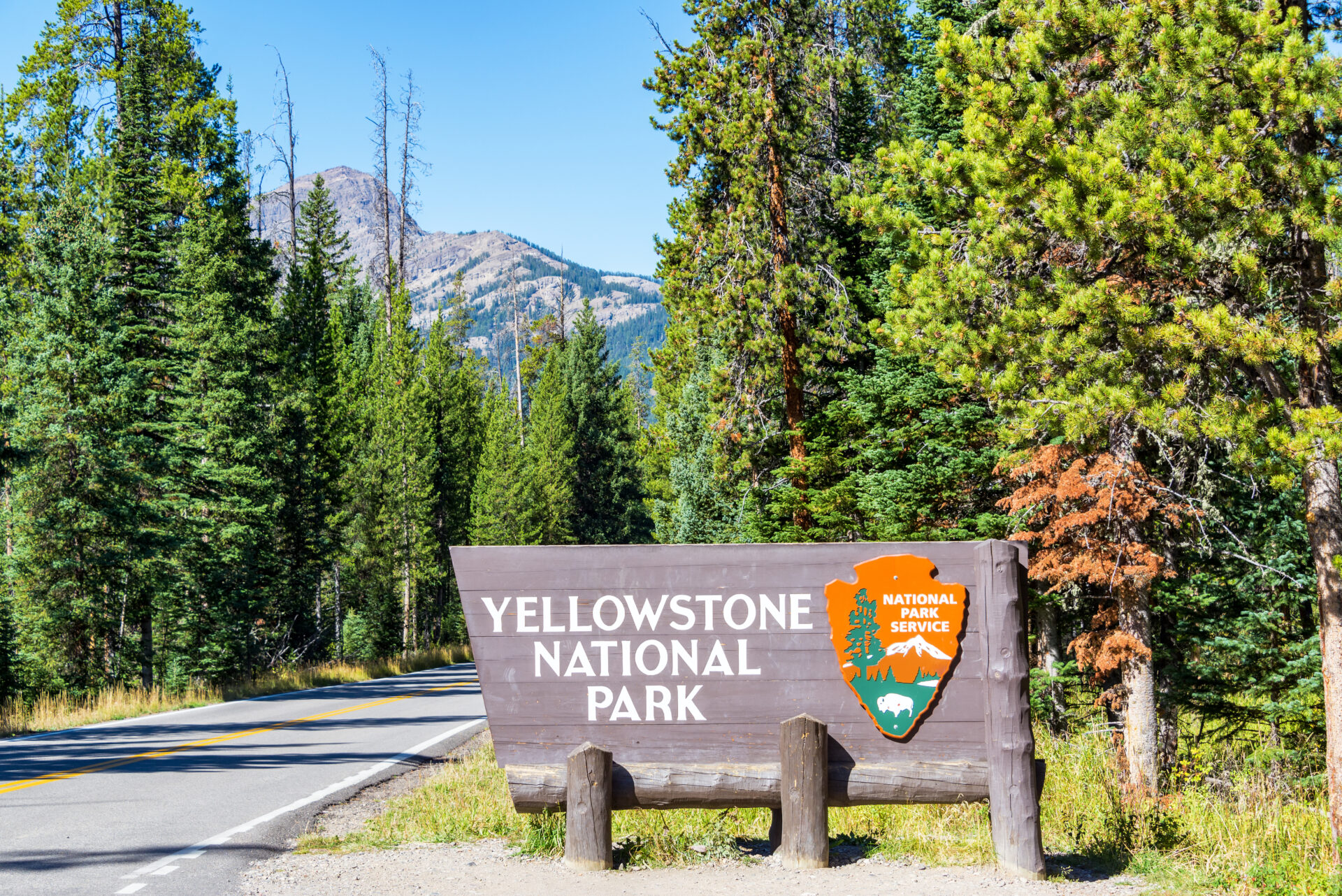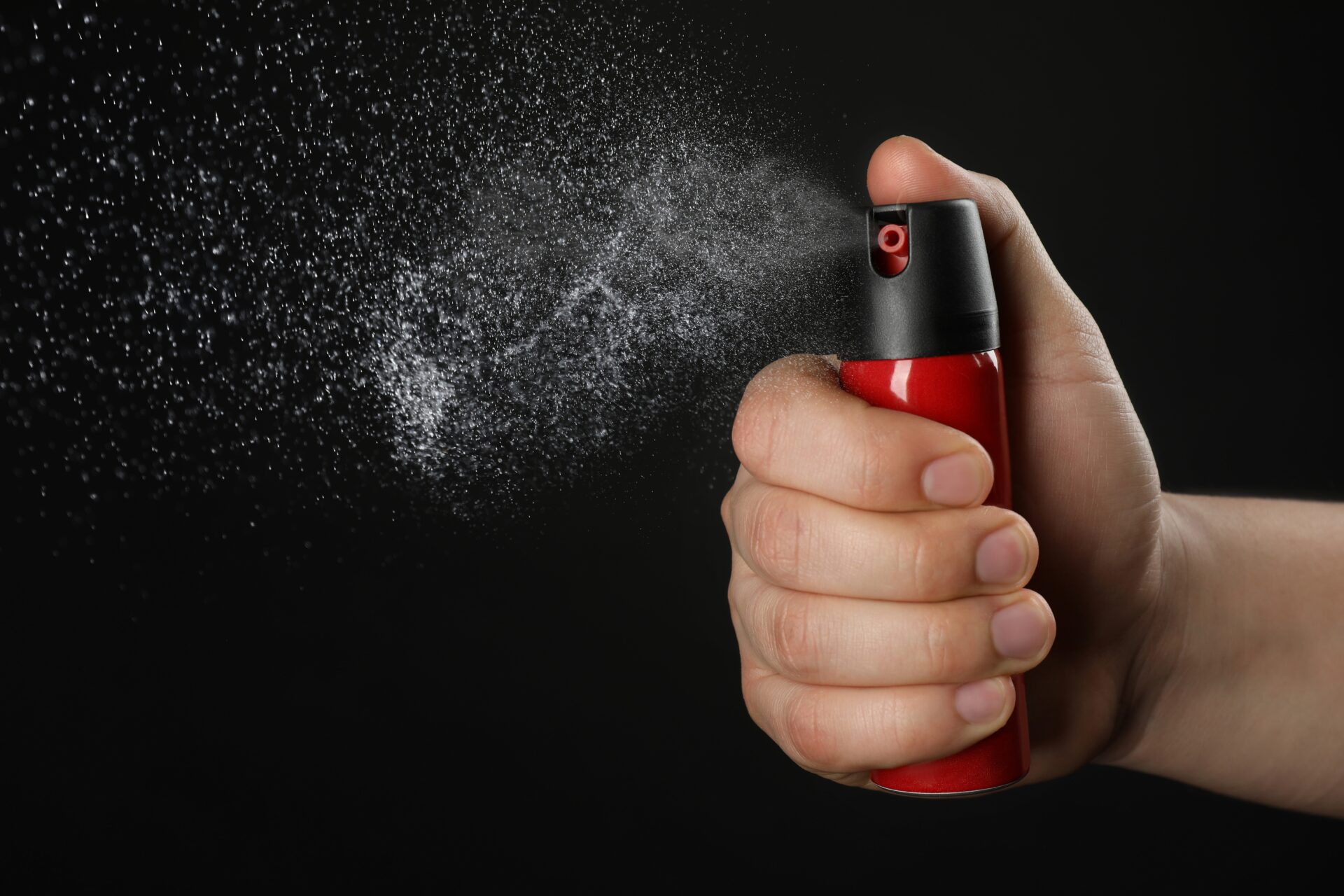
National Park SCALDINGS Still Happening!
A teenager suffered severe burns after stepping into a Yellowstone hot spring, triggering new demands for accountability and visitor safety enforcement.
At a Glance
- A 17-year-old boy broke through geothermal crust near Lone Star Geyser, sustaining serious burns.
- Incident marks the first thermal injury in Yellowstone National Park this year.
- NPS issued renewed warnings about leaving boardwalks and marked trails.
- Over 20 people have died from thermal burns in park history.
- Debate intensifies over regulation versus personal responsibility in public lands.
Stepping Into Disaster
On Monday, a 17-year-old visitor stepped off a designated path near the Lone Star Geyser in Yellowstone National Park and fell into a thermal feature, severely burning his foot and ankle. The National Park Service responded immediately, evacuating the teen to a medical facility. Officials have not released his name but confirmed that the area—near Old Faithful—is riddled with breakable crust and near-boiling groundwater.
Watch now: Teen hiker suffers serious burns near Old Faithful · YouTube
The NPS reiterated that stepping off the boardwalk, even momentarily, can lead to life-threatening injuries. Despite decades of signage, brochures, and ranger outreach, geothermal accidents remain a recurring issue in the park. This is the first reported incident of its kind in 2025, but history suggests more could follow.
Yellowstone’s Scalding Legacy
The accident is the latest in a long series of geothermal injuries. In September 2024, a 60-year-old woman was hospitalized after leaving a marked trail. In 2016, Colin Nathaniel Scott died after venturing off-path for illegal “hot potting,” dissolving in the acidic spring within hours. According to park historians, at least 22 people have died from thermal burns in Yellowstone since records began.
Yellowstone, founded in 1872, houses over 10,000 geothermal features—more than anywhere else on Earth. These features are mesmerizing but perilous. As Hank Heasler, the park’s lead geologist, once warned, geothermal formations are “some of the most dangerous natural features in Yellowstone,” yet many tourists remain oblivious.
Response and Reckoning
Following the latest injury, the NPS emphasized its core safety message: “Boardwalks and trails protect you and delicate thermal formations. Water in hot springs can cause severe or fatal burns.” The agency is currently reviewing its safety enforcement procedures. While the boy’s condition is stable, officials confirmed the investigation is ongoing, with no evidence of foul play.
Some experts argue for stronger deterrents, such as fines or bans for violators. But enforcement is challenging in a park that spans nearly 3,500 square miles. Others argue that the responsibility lies with visitors to follow rules and exercise caution.
National Debate Over Park Safety
This incident underscores a national dilemma: how do public lands reconcile open access with real hazards? Yellowstone’s geothermal features are just one example of the hidden threats in America’s natural parks. Each rescue, medical evacuation, and litigation claim adds strain to already overstretched park budgets.
Critics warn that increasing regulations could erode the ethos of exploration and personal freedom that underpins America’s outdoor culture. Still, the severity of injuries like this one drives home the fact that freedom must be tempered with respect—for nature, for others, and for the rules that preserve both.


